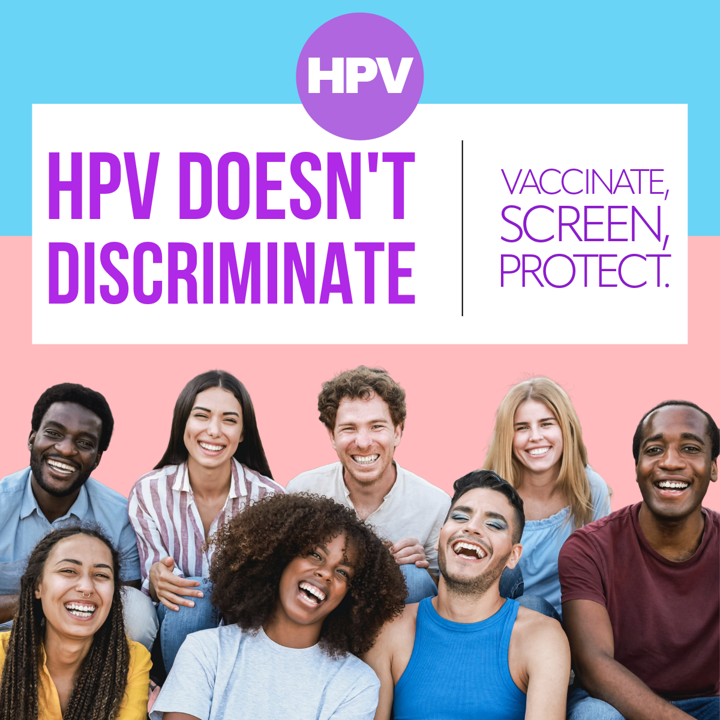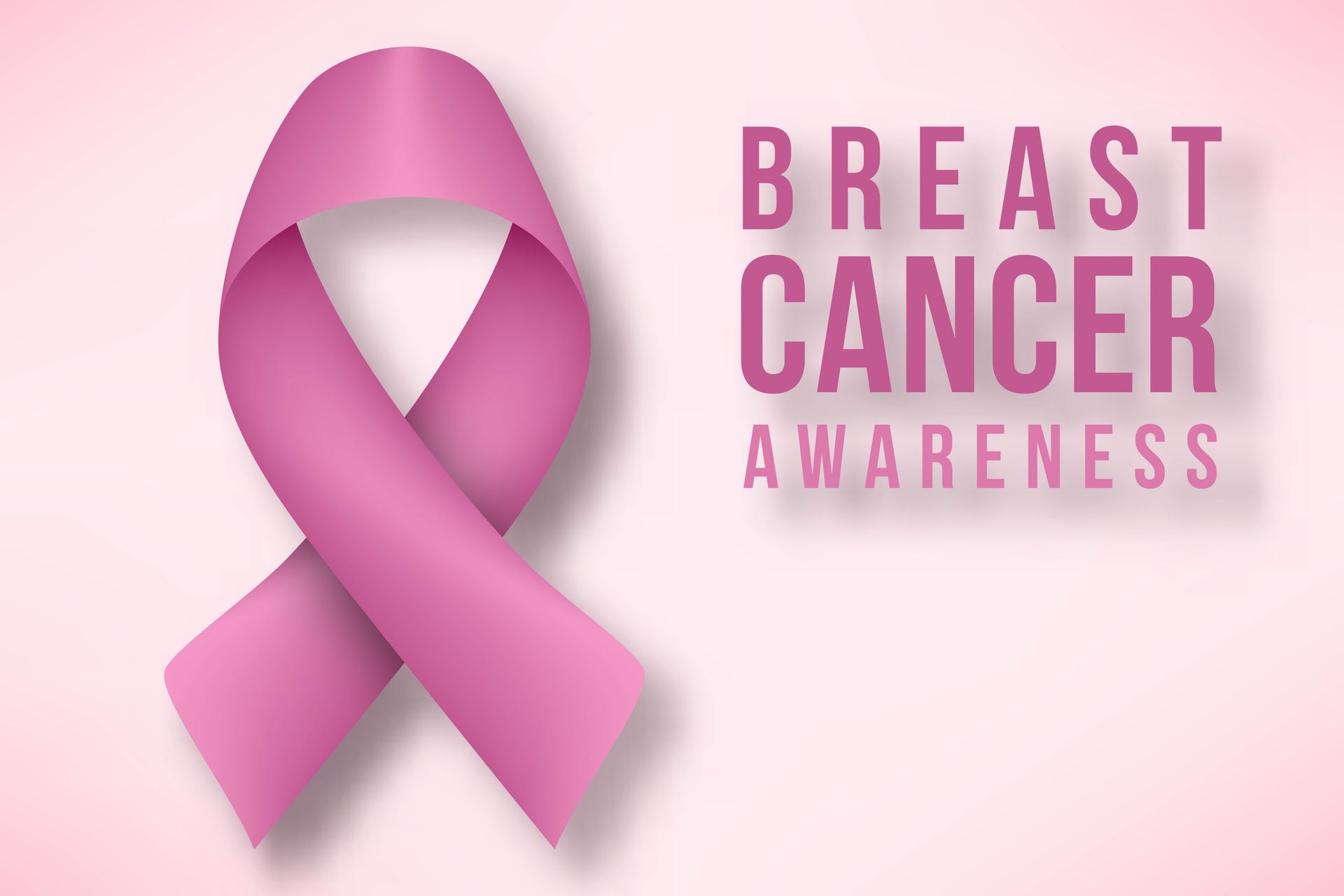Demystifying Herpes Simplex Virus
Understanding the Facts and Myths
Herpes simplex virus (HSV) is a common viral infection that affects millions of people worldwide. Often misunderstood and stigmatized, HSV comes in two main forms: HSV-1 and HSV-2. In this blog, we'll explore the differences between the two types, how they are transmitted, their symptoms, treatment options, and debunk some common misconceptions.
What is Herpes Simplex Virus?
Herpes simplex virus is a contagious virus that can infect various parts of the body, typically causing cold sores (HSV-1) or genital herpes (HSV-2). Both types of HSV can also cause sores or blisters in other areas, such as the mouth, lips, or genitals.
HSV-1: Oral Herpes
HSV-1 is primarily associated with oral herpes, characterized by cold sores or fever blisters around the mouth and lips. However, HSV-1 can also cause genital herpes through oral-genital contact. Transmission can occur through kissing, sharing utensils, or coming into contact with saliva of an infected person.
HSV-2: Genital Herpes
HSV-2 is primarily responsible for genital herpes, characterized by sores or blisters in the genital or anal area. Transmission usually occurs through sexual contact with an infected individual, including vaginal, anal, or oral sex. However, it's important to note that HSV-2 can also cause oral herpes through oral-genital contact.
Symptoms
Both HSV-1 and HSV-2 infections can be asymptomatic, meaning individuals may not experience any symptoms. However, when symptoms do occur, they typically include:
- Pain, itching, or tingling around the affected area
- Small red bumps or blisters that may break open and form painful sores
- Flu-like symptoms such as fever, headache, and swollen lymph nodes
Treatment and Management
While there is no cure for herpes, antiviral medications can help reduce the severity and frequency of outbreaks, as well as alleviate symptoms. These medications, such as acyclovir, famciclovir, and valacyclovir, are most effective when taken at the first sign of an outbreak or as suppressive therapy for individuals with recurrent infections.
In addition to medication, practicing safe sex, using condoms or dental dams during sexual activity, and avoiding sexual contact during outbreaks can help reduce the risk of transmitting HSV to sexual partners.
Debunking Myths
Despite its prevalence, herpes simplex virus is often shrouded in misconceptions and stigma. Here are some common myths debunked:
- Myth: Only promiscuous individuals get herpes. Fact: HSV can affect anyone who comes into contact with the virus, regardless of their sexual behavior.
- Myth: You can only get herpes from sexual contact. Fact: HSV can be transmitted through skin-to-skin contact, including kissing or sharing personal items.
- Myth: Herpes is always symptomatic. Fact: Many people with HSV may not experience any symptoms or have mild symptoms that go unnoticed.
Conclusion
Herpes simplex virus is a common viral infection that affects millions of people worldwide. While it can cause discomfort and inconvenience, it's essential to understand that herpes is manageable with proper treatment and precautions. By dispelling myths, promoting education, and fostering open conversations, we can reduce stigma and support individuals affected by HSV in leading healthy and fulfilling lives.










